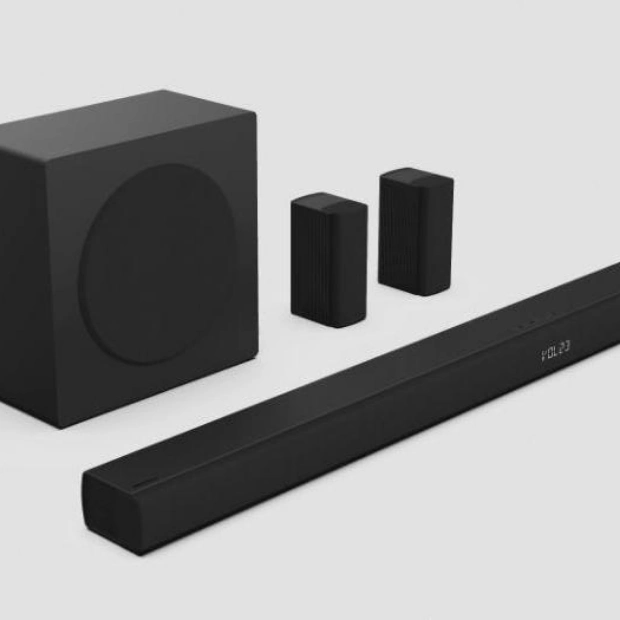Insects are often considered among the most peculiar creatures by humans, inspiring movie monsters and extreme biophysics (SN: 11/7/22). Naturally, scientists have begun exploring whether insects can be coaxed into consuming plastic. A recent experiment provides a sobering assessment of how practical this approach might be in mitigating the global plastic crisis. According to ecologist Michelle Tseng and her colleagues, it would take 100 mealworms 138 days, or roughly 4.5 months, to devour a single disposable face mask from the COVID era, as detailed in their December 4 publication in Biology Letters.
Plastic fragments smaller than 5 millimeters are particularly concerning. These microplastics have been linked to increased risks of heart attacks and strokes (SN: 4/2/24). Previous studies indicated that several insect species could ingest and degrade plastic. Superworms (Zophobas atratus) and yellow mealworms (Tenebrio molitor), commonly sold in pet stores as food for other animals, have been shown to nibble on polypropylene, polyurethane, and three other types of plastic.
Tseng, from the University of British Columbia in Vancouver, sought to conduct more realistic tests of insect plastic consumption. Most prior research utilized powdered plastic or solid blocks; her team opted for the more representative, rectangular, tissue-like face masks. Some masks were made from traditional polypropylene, while others used plant-based polylactic acid. This choice provided the insects not only with the basic polymer but also with real-world additives from the manufacturing process.
The researchers melted the mask plastic and fragmented it into microbits, mixing in wheat bran for a more authentic dining experience. "They began eating the face-mask granola almost immediately," Tseng notes. Consuming plastic did not significantly impact the insects' lifespan. However, the implications of ingesting microplastics for their own edibility raise questions about their suitability in a sustainable food chain. Could these insects now be fed to chickens? "Probably not," Tseng suggests.
The larger issue with using vast numbers of hungry insect larvae to combat microplastics is the slow pace. During the peak of the COVID-19 pandemic, Asia alone used 2 billion medical face masks daily—an insurmountable feast even for relentless nibblers. A more effective approach might be to use mealworms or other microplastic-eating insects as inspiration for exploring body chemistry and their internal microbial partners, potentially leading to innovative waste-breakdown solutions. Ultimately, the researchers emphasize the importance of reducing plastic use.
Source link: https://www.sciencenews.org






